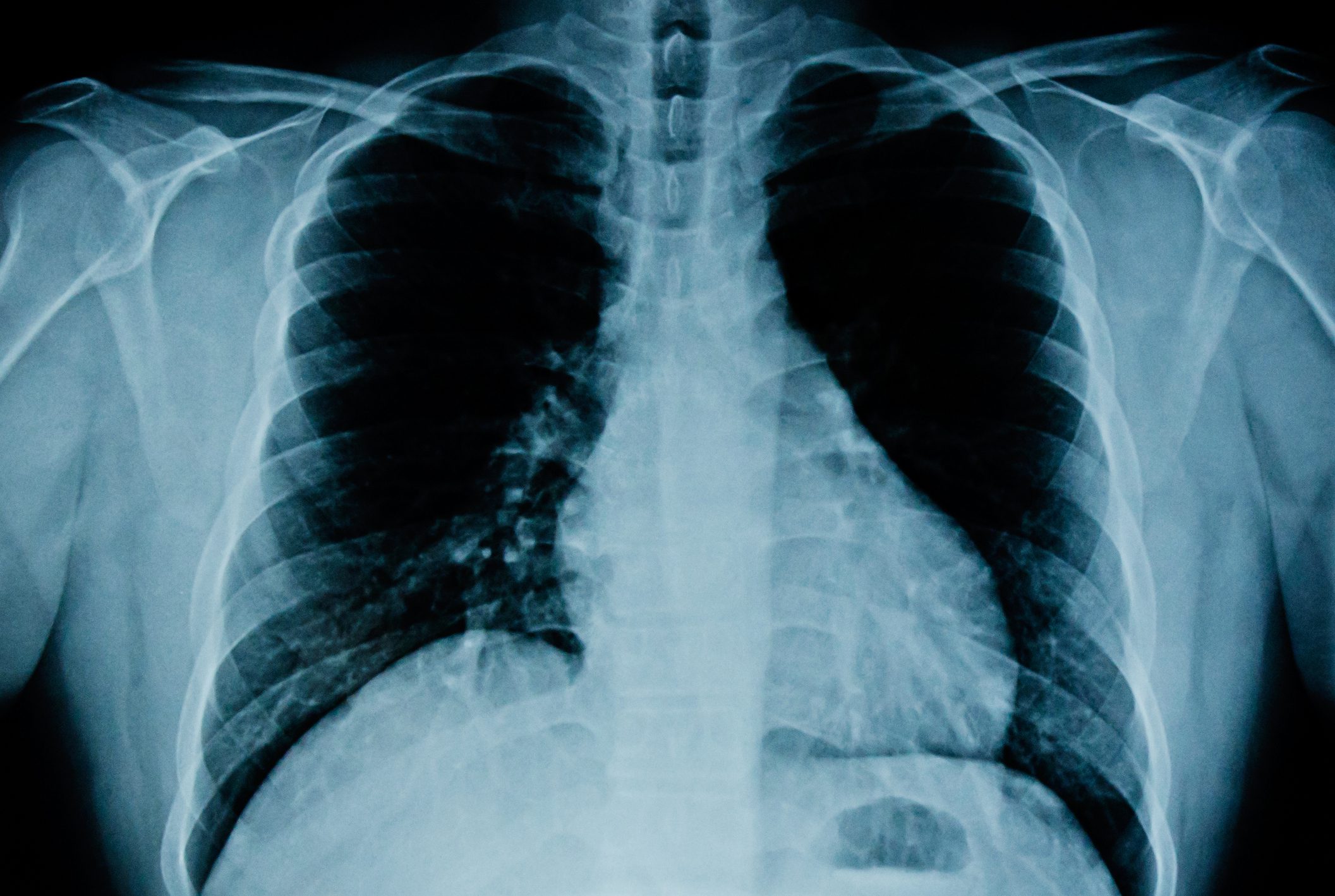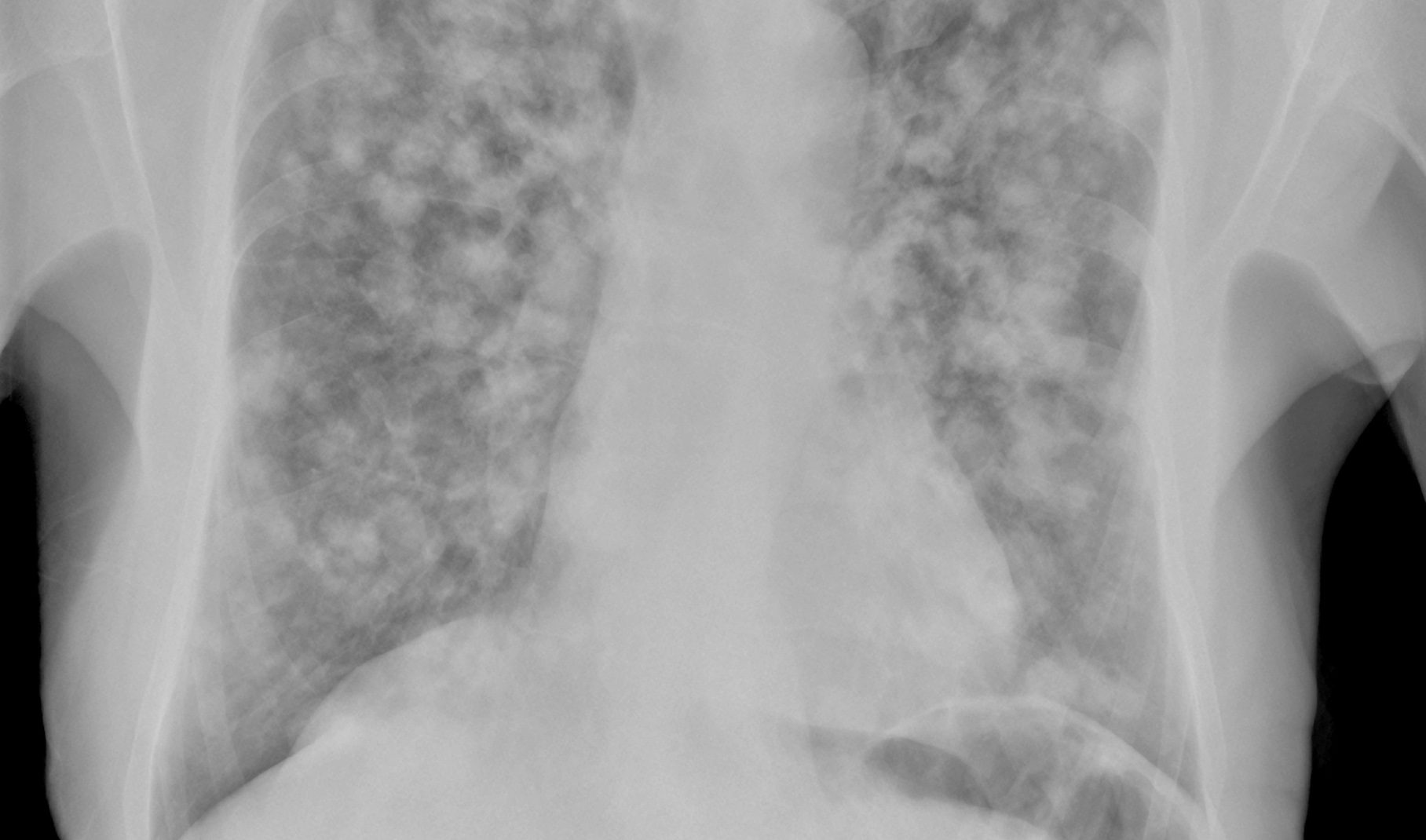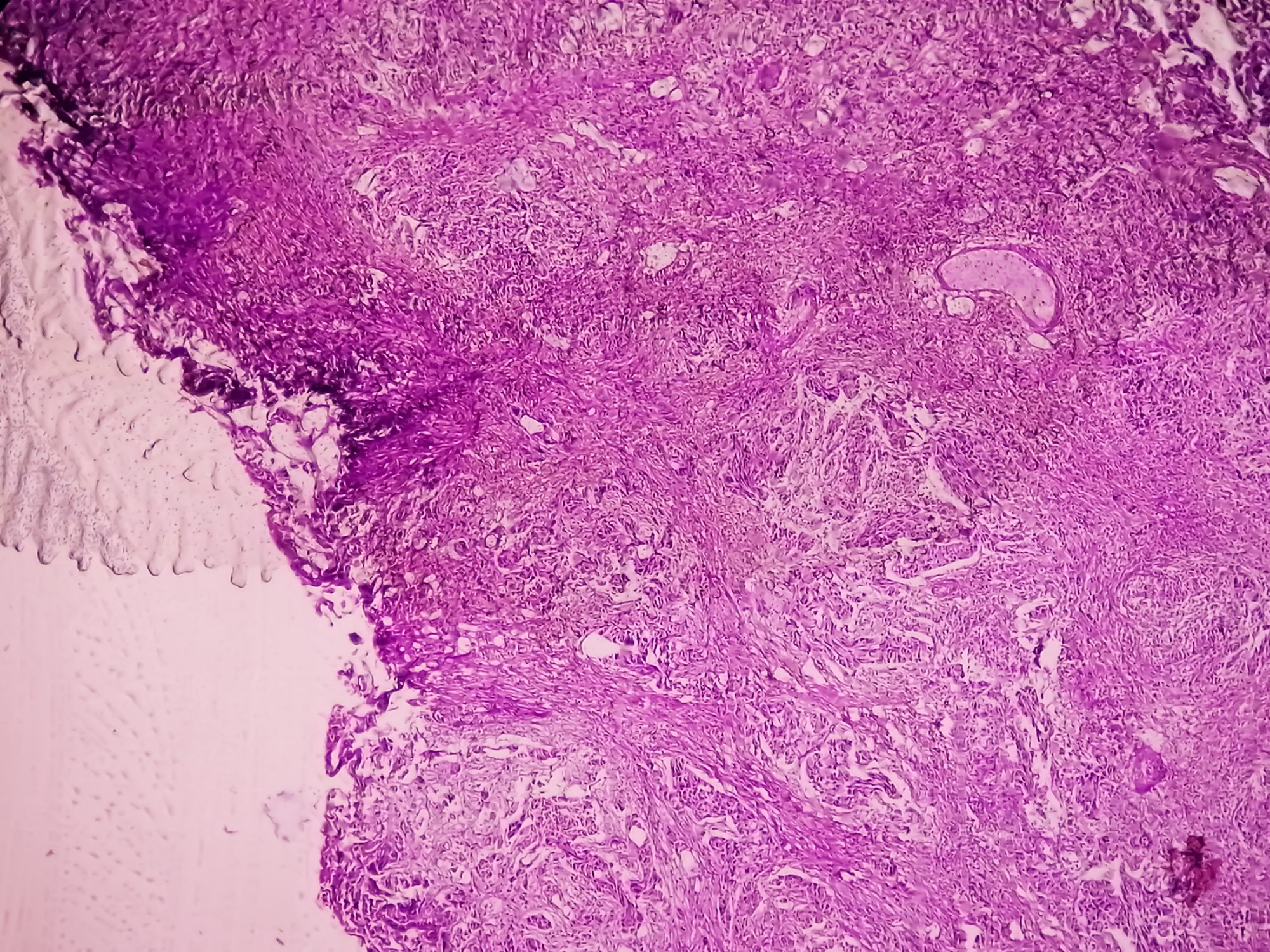Patient education is an educationally structured person-centered learning process that supports people living with chronic illnesses in particular to manage their own health, based on their own resources and supported by their caregivers. The aim of this overview is to present theoretical principles and concepts for promoting self-management.
You can take the CME test in our learning platform after recommended review of the materials. Please click on the following button:
Patient education is a pedagogically structured, person-centered learning process that supports people living with chronic diseases in particular to manage their own health, based on their own resources and supported by their caregivers [1]. You
- is delivered by trained healthcare professionals and includes several types of interventions to support self-management,
- is adapted to the patient and their illness and is continued throughout the patient’s lifetime.
The aim of this overview is to present theoretical principles and concepts for promoting self-management. In general, these are also located and discussed under the term “patient and family education”.
Focus: Promotion of self-management
Self-management is a dynamic process that patients with chronic diseases undertake to manage their disease and prevent complications. They balance their life with the disease and their daily challenges in order to achieve the best results for themselves and change their perspective from illness to well-being [1]. This includes awareness and assessment of symptoms, knowledge of appropriate preventive and therapeutic measures and their implementation according to the situation. The “suitability for everyday use” of measures, i.e. their compatibility with the challenges of their own individual everyday life, is crucial for those affected. Patients often also suffer from other illnesses with their respective and sometimes contradictory requirements for adequate self-management. The efforts of patients and their caregivers focus on mastering their lives with the daily challenges and finding a balance again and again [2].
Patient education measures [3]:
- empower those affected in dealing with their illnesses (impact level empowerment and lifestyle change),
- can improve the state of health of those affected and reduce their symptoms (clinical outcomes level),
- can improve the quality of life of those affected and/or prevent a deterioration in quality of life due to the disease,
- reduce the use of the healthcare system, e.g. hospital days, outpatient care,
- can reduce costs, e.g. in the healthcare sector.
The basis for patient education is a person-centered attitude and corresponding skills, e.g. communication techniques.
The person-centered approach
“Tools alone are not enough” [4, p. 14]. It depends on the person-centered attitude of the health professional (HP).
The self-management of patients and their caregivers plays a key role, especially for people with chronic illnesses. Chronic illnesses are generally incurable and have complex and dynamic courses. The WHO prefers the concept of “people-centered health care” for their treatment [5]. This is based on the health needs and expectations of people and not on diseases. This concept therefore differs significantly from those of patient orientation, focus and centering. The latter focus on the classic role of the “patient” and thus concentrate only on health and illness
The promotion of self-management therefore requires a paradigm shift, especially in the case of chronic diseases [9]. The aim is to increase adherence, i.e. the extent to which a person’s behavior, e.g. taking medication, following a diet and/or changing their lifestyle, corresponds to a measure agreed with the doctor. Obsolete is the attitude towards desired “compliance”, which means strict adherence to the HP’s instructions [9]. Anderson & Funnell [9] therefore recommend reflecting on one’s own attitude on the basis of the following questions:
- Do I have the right to expect my patients to follow my judgment about how they manage their daily lives to cope with their illness?
- Do I feel responsible for the level of my patients’ lab results?
- Do I find myself trying to persuade my patients to follow my advice?
- Do I feel frustrated when my patients don’t follow my recommendations?
- Do I feel that my non-compliant patients are undermining my effectiveness?
Critical reflection helps to bring about the necessary paradigm shift from the practice of acute care to person-centered care for people with chronic illnesses.
Communication techniques
In patient education, specific discussion techniques are helpful to enable patients to express their ideas. This creates a common basis for further action. These include motivational interviewing (see later section) and the following techniques, for example:
- Ask-Tell-Ask [10]:
– Ask: Use open questions to ask the patient for consent for a conversation, for existing knowledge or ideas, and have the patient report what they know.
– Tell: Confirm what you have heard, paraphrase, support or give new information.
– The phases alternate.
- Closing the loop [10]: Patients state in their own words what they have understood. The aim is to avoid misinformation and misunderstandings.
- 5-A technology [11]:
– Open questions (ask) about self-management.
– Advice on the risks of non-adherence.
– Assess the willingness to implement recommendations.
– Help (assist) in setting realistic goals and plans for the realistic implementation of measures.
– Arrange further meetings.
An example of partnership-based and person-centered communication can be found in the box.
Patient education comprises information, advice and training, although the terms cannot always be clearly distinguished from one another. Depending on the patient situation and the aim of the education, different strategies and their combination are necessary (Fig. 1).
Providing information
Information provides knowledge about [12]:
- Health, diseases, their effects and their course.
- Measures to maintain health (prevention and health promotion).
- Early detection, diagnosis, treatment, palliation, rehabilitation and aftercare of diseases and related medical decisions.
- Care and coping with illness and everyday life with an illness.
Knowledge should be evidence-based, understandable for patients/caregivers and, above all, provided in writing [13]. This ensures that information can be read up on. For many topics, corresponding written materials or videos are already available from independent institutions that meet the above criteria (box).
| Sources of independent information |
| www.patienten-information.de |
| www.gesundheitsinformation.de |
| https://dngk.de/verlaessliches-gesundheitswissen |
| www.wundzentrum-hamburg.de/patientenbroschueren |
| Professional societies, e.g. German Diabetes Society, Association of the Scientific Medical Societies in Germany (AWMF) Guidelines/information for patients, Wundnetz Hamburg. |
| Reviews, e.g. materials on information and structured care in compression therapy for people with venous leg ulcers [14]. |
The Discern tool [15,16] is suitable for developing and evaluating your own or other people’s written information. The afgis quality logo [17] is a mark of quality for verified health information and trustworthy health websites on the Internet. Brochures and flyers from the industry are not recommended. They are used directly or indirectly for marketing purposes and do not fulfill the criteria of “Good Practice Health Information” [12].
Consulting
Counseling is an open-ended process. It supports patients and their caregivers in problem situations that cannot be solved independently by providing information that helps them to classify and understand their own situation
Training
Patient education is based on an educationally structured process [1] that is adapted to the patient:
- setting goals, planning measures and making decisions based on a shared understanding of the situation and the needs of the patient/caregiver, and
- sharing information about the disease, health risks and treatment options and training in practical skills, including self-observation of symptoms and data.
Training in practical skills
The “Cognitive Apprenticeship” model is suitable for teaching practical skills [19]. It describes an interactive approach between teachers (experts) and learners (patients, caregivers) from demonstration to independent performance of an action (Table 1). It is suitable, for example, for learning how to change dressings or apply ointment dressings. It is important that when demonstrating an action, experts also express it out loud in understandable words and articulate their thoughts, the so-called metalogue. In addition to reaching several learning channels (observing, listening), this enables implicit knowledge to become explicit and comprehensible for the learner.
Motivational Interviewing: Working on change
Information alone does not usually lead to changes in behavior. Motivational interviewing (MI) is a structured interview model that aims to strengthen the person’s own motivation and involvement in change
- The therapeutic relationship is a partnership in which the autonomy of the patient/caregiver is respected.
- The willingness to change is not a characteristic of the patient/caregiver, but a “fluctuating” product of interpersonal interaction.
- Intrinsic values and goals of the patient/caregiver are identified and mobilized in order to stimulate a change in behaviour.
- The motivation to change is generated by the patient/caregiver themselves and not imposed from outside.
- The discussions serve to identify, clarify and resolve ambivalences and to recognize the associated benefits and costs.
- It is important to evoke and strengthen the patient’s/caregiver’s belief in their ability to achieve and successfully shape a specific goal.
The interview includes the following elements, which can be used depending on the situation [22]:
- Open questions about desired changes and their goal.
- Assessment of the importance of the change.
- Identification of advantages and disadvantages of the change.
- Ideas about everyday life with the change.
- Questions about existing fears.
- Looking back: what was different before the behavior to be changed began.
- Planning for the future: what does the patient expect from a change?
- Identify possible aspects that no longer work if the behavior has been changed.
- Dealing with resistance, e.g. emphasizing freedom of choice, reflecting ambivalence, agreeing and changing focus at the same time.
- Boosting confidence, e.g. by assessing their strength, identifying personal strengths or remembering past successes.
Why don’t patients engage in self-management?
To understand why patients/caregivers do not engage in self-management, the following concepts are particularly helpful [1]:
- Self-efficacy: The belief of patients/caregivers in their ability to perform actions that lead to a desired outcome
- Autonomy: The experience of acting out of choice rather than feeling forced to act.
- Empowerment: The ability of patients/caregivers to take control of their health and actively participate in their care.
- Ability of self-assessment: Ability of patients/caregivers to continuously assess the effectiveness of their own actions based on the expected results.
Any resistance experienced to the adoption of self-management measures is therefore an opportunity to use appropriate communication techniques to find out the cause.
The practice of patient education
There is currently insufficient evidence on how to effectively promote self-management [23,24]. Alshammari et al. [25] found in their literature review on the effectiveness of foot care education that most educational measures are based on a single intervention and it remains unclear how these can specifically prevent diabetic foot ulcers and positively change patients’ knowledge and behavior. Complex interventions based on several measures, including behavioral and psychosocial strategies, appear to be more successful
- include the central dimensions of knowledge, skills and attitude,
- include a needs-based mix of approaches (Fig. 1),
- Accompany patients and caregivers along the health pathway in the long term,
- include interprofessional and interdisciplinary cooperation and
- trained specialists for their tasks in patient education.
Take-Home-Messages
- Patient education is a pedagogically structured, person-centered learning process that primarily supports people living with chronic illnesses in managing their own health, based on their own resources and supported by their caregivers.
- Patient education is based on a person-centered approach. This is based on people’s health needs and expectations and not on their illness.
- Patient education comprises information, advice and training. Information alone does not usually lead to a change in behavior.
- Effective patient education includes the dimensions of knowledge, skills and attitudes and combines behavioral and psychosocial strategies.
Literature:
- World Health Organization (WHO). Therapeutic patient education: an introductory guide. 2023. Available from: www.who.int/europe/de/publications/i/item/9789289060219; last accessed 30.09.2024.
- Bundesamt für Gesundheit (BAG). Konzept Selbstmanagement-
Förderung bei nichtübertragbaren Krankheiten, Sucht und psychischen Erkrankungen. 2022. www.bag.admin.ch/bag/de/home/strategie-und-politik/nationale-gesundheitsstrategien/strategie-nicht-uebertragbare-krankheiten/praevention-in-der-gesundheitsversorgung/selbstmanagement-foerderung-chronische-krankheiten-und-sucht/referenzrahmen-selbstmanagement-foerderung.html; last accessed 30.09.2024. - Bundesamt für Gesundheit (BAG). Faktenblatt. Mehrwert der Selbstmanagement-Förderung. 2023. www.bag.admin.ch/dam/bag/de/dokumente/npp/faktenblaetter/faktenblaetter-selbst
managementfoerderung/faktenblatt-mehrwert-selbstmanagementfoerderung.pdf.download.pdf/230116_Faktenblatt_DE_Mehrwert_der_Selbstmanagement_F%C3%B6rderung_final.pdf; letzter Zugriff 30.09.2024. - De Longh A, Fagan P, Fenner J, Kidd L: A practical guide to self-management support: Key components for successful implementation. 2015. www.health.org.uk/publications/a-practical-guide-to-self-management-support; last accessed 30.09.2024.
- World Health Organization (WHO). WHO global strategy on people-centred and integrated health services: interim report. World Health Organization; 2015.
- Lines LM, Lepore M, Wiener JM: Patient-centered, person-centered, and person-directed care: they are not the same. Med Care 2015; 53(7): 561–563.
- Hickmann E, Richter P, Schlieter H: All together now–patient engagement, patient empowerment, and associated terms in personal healthcare. BMC Health Serv Res 2022; 22(1): 1116.
- Haslbeck J, Klein M, Bischofberger I, Sottas B: Leben mit chronischer Krankheit. Die Perspektive von Patientinnen, Patienten und Angehörigen. Obsan Dossier 2015; 46: 150;
www.obsan.admin.ch/de/publikationen/2015-leben-mit-chronischer-krankheit; last accessed 30.09.2024. - Anderson RM, Funnell MM: Patient empowerment: reflections on the challenge of fostering the adoption of a new paradigm. Patient Educ Couns 2005; 57(2): 153–157.
- Boxer H, Snyder S.: Five communication strategies to promote self-management of chronic illness. Fam Pract Manag 2009; 16(5): 12-16.
- Callender LF, Johnson AL, Pignataro RM: Patient-centered education in wound management: improving outcomes and adherence. Advances in Skin & Wound Care 2021; 34(8): 403–410.
- Deutsches Netzwerk Evidenzbasierte Medizin. Gute Praxis Gesundheitsinformation. Berlin 2015. www.ebm-netzwerk.de/de/veroeffentlichungen/weitere-publikationen; last accessed 30.09.2024.
- Lühnen J, Albrecht M, Mühlhauser I, Steckelberg A: Leitlinie evidenzbasierte Gesundheitsinformation. Hamburg 2017. www.leitlinie-gesundheitsinformation.de; last accessed 30.09.2024.
- Protz K, Dissemond J, Eder S, et al.: Materialien zur Information und zur strukturierten Versorgung in der Kompressionstherapie von Menschen mit Ulcus cruris venosum. WUNDmanagement 2022; 16: 95–100.
- Charnock D, Shepperd S, Needham G, Gann R: DISCERN: an instrument for judging the quality of written consumer health information on treatment choices. Journal of Epidemiology & Community Health 1999; 53(2): 105–111.
- DISCERN. Instrument zur Einschätzung der Qualität von Patienteninformationen. www.discern.de/instrument.htm; last accessed 30.09.2024.
- Aktionsforum Gesundheitsinformationssystem. www.afgis.de; last accessed 30.09.2024.
- Schaeffer D: Patientenberatung/Patientenedukation. In: Bundeszentrale für gesundheitliche Aufklärung (BZgA) (Hrsg.). Leitbegriffe der Gesundheitsförderung und Prävention. Glossar zu Konzepten, Strategien und Methoden 2024; doi: 10.17623/BZGA:Q4-i087-3.0. https://leitbegriffe.bzga.de/alphabetisches-verzeichnis/patientenberatung-patientenedukation; last accessed 30.09.2024.
- Küng R, Staudacher D, Panfil EM: Ein zentrales pädagogisches Modell für die Praxisausbildung: Cognitive Apprenticeship. Padua 2018; 13(2): 115–123.
- Miller WR, Rollnick S: L’entretien motivationnel. Paris: InterEditions 2013.
- Rubak S, Sandbæk A, Lauritzen T, Christensen B: Motivational interviewing: a systematic review and meta-analysis. British journal of general practice 2005; 55(513): 305–312.
- Miller WR, Rollnick S: Motivational Interviewing. NY: The Guilford Press 2002.
- McGloin H, Devane D, McIntosh CD, et al.: Psychological interventions for treating foot ulcers, and preventing their recurrence, in people with diabetes. Cochrane Database Syst Rev 2021(2).
- Shanley E, Moore Z, Patton D, et al.: Patient education for preventing recurrence of venous leg ulcers: a systematic review. J Wound Care 2020; 29(2): 79–91.
- Alshammari L, O’Halloran P, McSorley O, et al.: The effectiveness of foot care educational interventions for people living with diabetes mellitus: an umbrella review. J Tissue Viability 2023; 32: 406–416.
InFo PNEUMOLOGIE & ALLERGOLOGIE 2024; 6(4): 13–17














